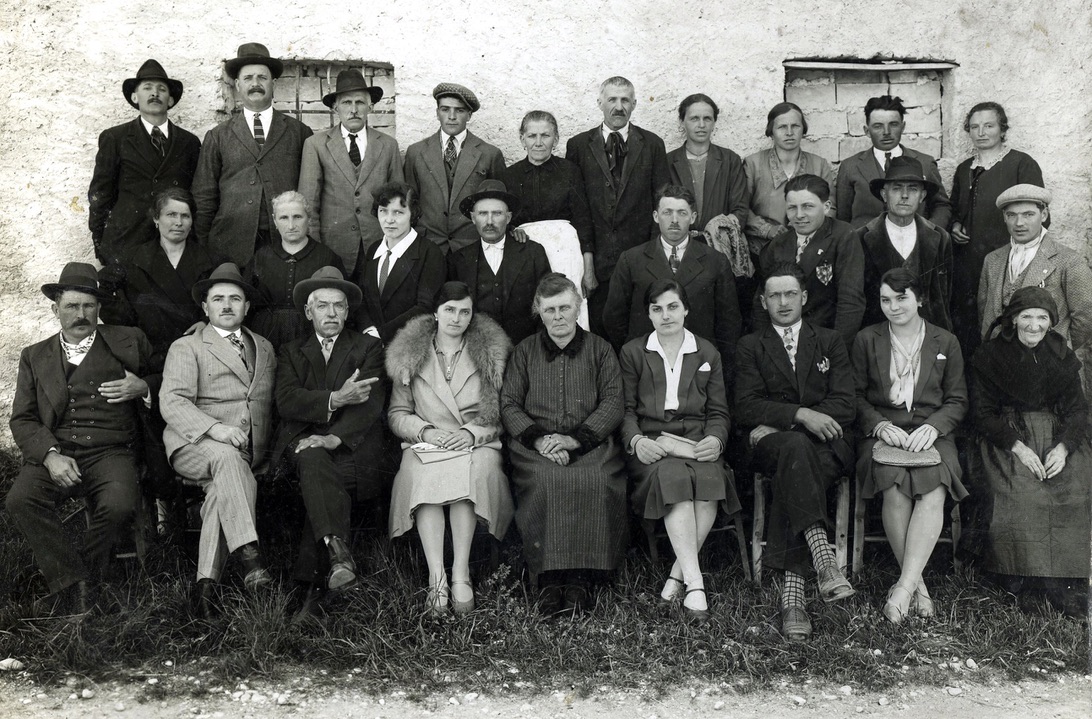In this blog, the story of Adele (Lina) Bordin and Gelindo Rossetto is an example of a proxy marriage. In the formality of proxy marriage, the bride was partnered by a male relative who stood in a Church ceremony for her husband who lived in another country.
In the case of Lina and Gelindo, who married in 1930, Gelindo’s father represented the groom in the wedding ceremony in Belluno in the province of Treviso. Gelindo had migrated to Adelaide in 1927 and was working on a market garden at Lockleys next to the River Torrens when the proxy marriage took place in the middle of 1930.
The following information has been taken from a book compiled and written by Lina’s daughter-in-la, Marietta Rossetto nee Paparella, “Rain in these Shoes: Anecdotal memoirs of Adelina Rossetto,” and published in 1995.
Lina had been born in Biadene in 1904 and Gelindo was born in 1895 in Bigolino – a distance of about 12 kilometres between the two villages. The couple had first met in Venice where they were both working: Lina had become a housemaid for a wealthy family at the age of 12 years.
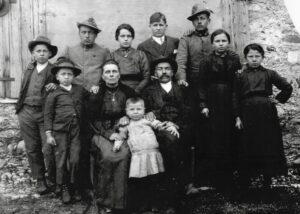
Gelindo had worked as a tax collector. Lina returned to live with her grandmother in Biadene and they were able to meet once a week until Gelindo left for Australia with two of his brothers and a brother-in-law who lived in Bigolino.
Lina recalled the challenge when Gelindo left:
The sadness I felt at parting is possibly the worst ache a heart can suffer.
Three years after arriving in Adelaide, Gelindo decided that it was the right time to marry Lina. Gelindo’s father represented the groom in the wedding ceremony in Biadene. Lina recalls this arrangement in her memoir:
It was with a despondent enthusiasm that I prepared for my strange wedding with no husband. I was to marry my husband by proxy, by taking the hand of my father-in-law! The world can only imagine the trembling feelings of doubt and fear experienced by a young girl entering such a union. Village morality frowned on travel for unmarried girls so I had to submit to this loveless ritual in order to eventually be with Gelindo in Australia.
After the wedding
Following the tradition of the day, Lina left her village after the wedding and went to live with her husband’s family, the Rossetto family in Bigolino. She stayed there for five months until she made the long voyage to Port Pirie where she disembarked on 22 November 1930. Lina recalled that she felt very accepted by the Rossetto family “protected and nurtured in the purest. Most honourable sense.” When it was time to say goodbye, “I hugged both my families tightly, each person separately, and each hug was a tender farewell; a gentle cutting of the cord which linked me to the land of my birth.”
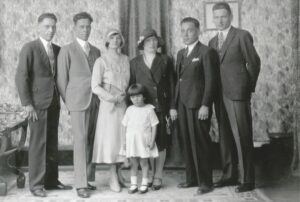
The first years in Adelaide
Lina was shocked when she arrived in Adelaide:
From the beginning life was hard. We first went to live in a small house in Lockleys. It was a hovel, bare and empty – with no gas, no firewood, no electricity and no floor. There was a single, dirty mattress on the ground and a rusty, tin bathtub. I felt so miserable when I first saw it and could not help but think of our little house in Biadene with the soft curtains, the woollen rugs and the polished tile floors.
But I had ten pounds in my pocket and a lot of optimism. We used the money to buy some furnishings for our new home. We went to a second-hand store and found two wrought iron saucepans, a table and two chairs. I set to work cleaning the little hut, scrubbing and scrubbing so that I could place what we had bought in a cheerful setting. I was determined to make a home for us.
Our little hut was part of a small vegetable farm we had managed to afford [to lease]. Gelindo would start early each morning and till and hoe till the last light of day. I would work side by side with him. We shared the enthusiasm of newlyweds who embraced the adventure in spite of an unyielding reality.
Lina explained the difficult years of the Depression:
Life on the little farm at Lockleys stretched into a test of endurance. We gathered the crops each week and took them to the market but found there were very few buyers … We sold very little, gave to the needy and used the rest, when it had wasted, on our compost heap. It was heartbreaking. Thankfully, Gelindo’s brothers gave us money which helped to pay our bills and [we would] fetch water from the communal well.
The arrival of children
Lina and Gelindo’s first child, Romeo was born in 1931, Lena was born in 1932 and Aldo, in 1934.
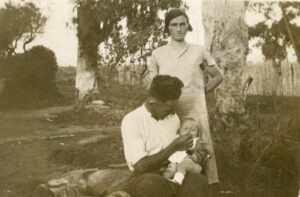
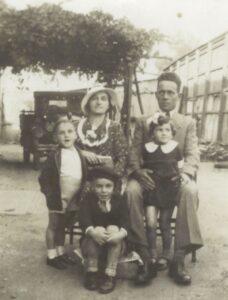
Photo , courtesy Lena Moscheni nee Rossetto.
Romeo died at the age of eight years from meningitis and three other babies died at birth or before they were six months. Lina expressed her sadness and grief over the deaths of her four children – Night after night I reached out wanting to draw my lost children back to me.
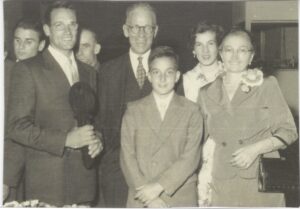
In 1943, Lina and Gelindo experienced the joy of welcoming their last child.
I felt renewed hope with the birth of Silvano … I gave myself anima and courage. I had Elena, Aldo and Silvano, I had a lot to live for – I had a family.
Madeleine Regan
7 May 2023
